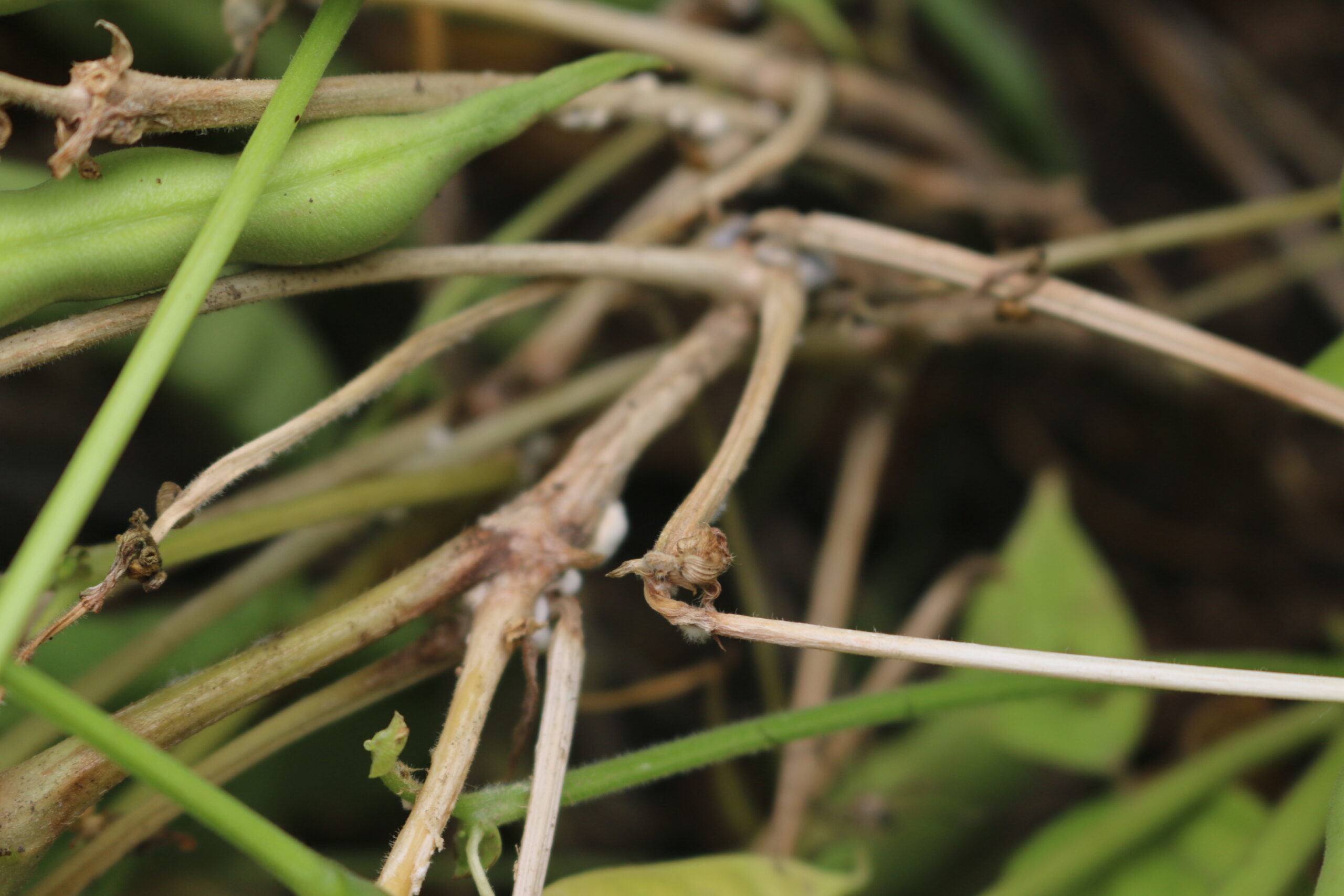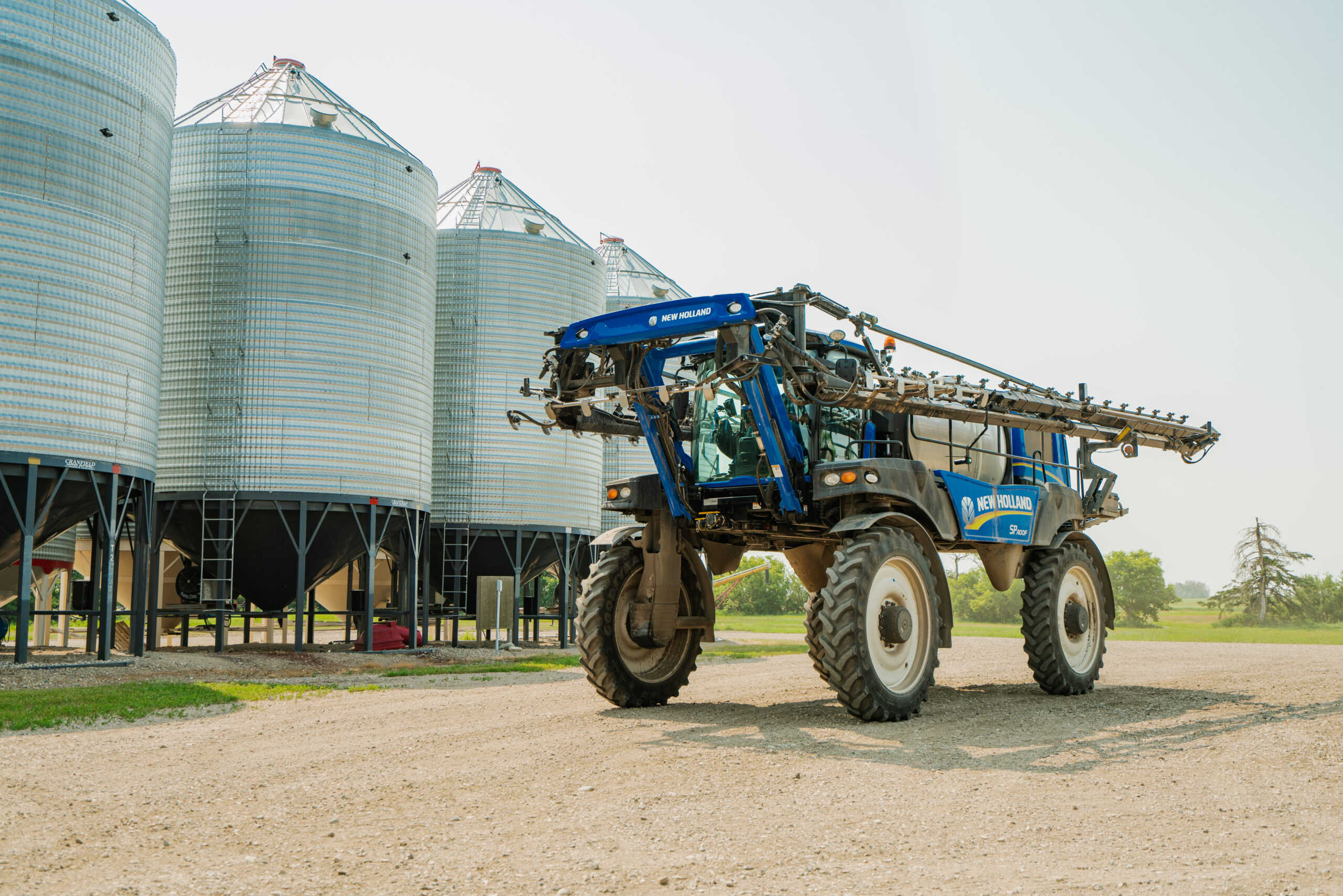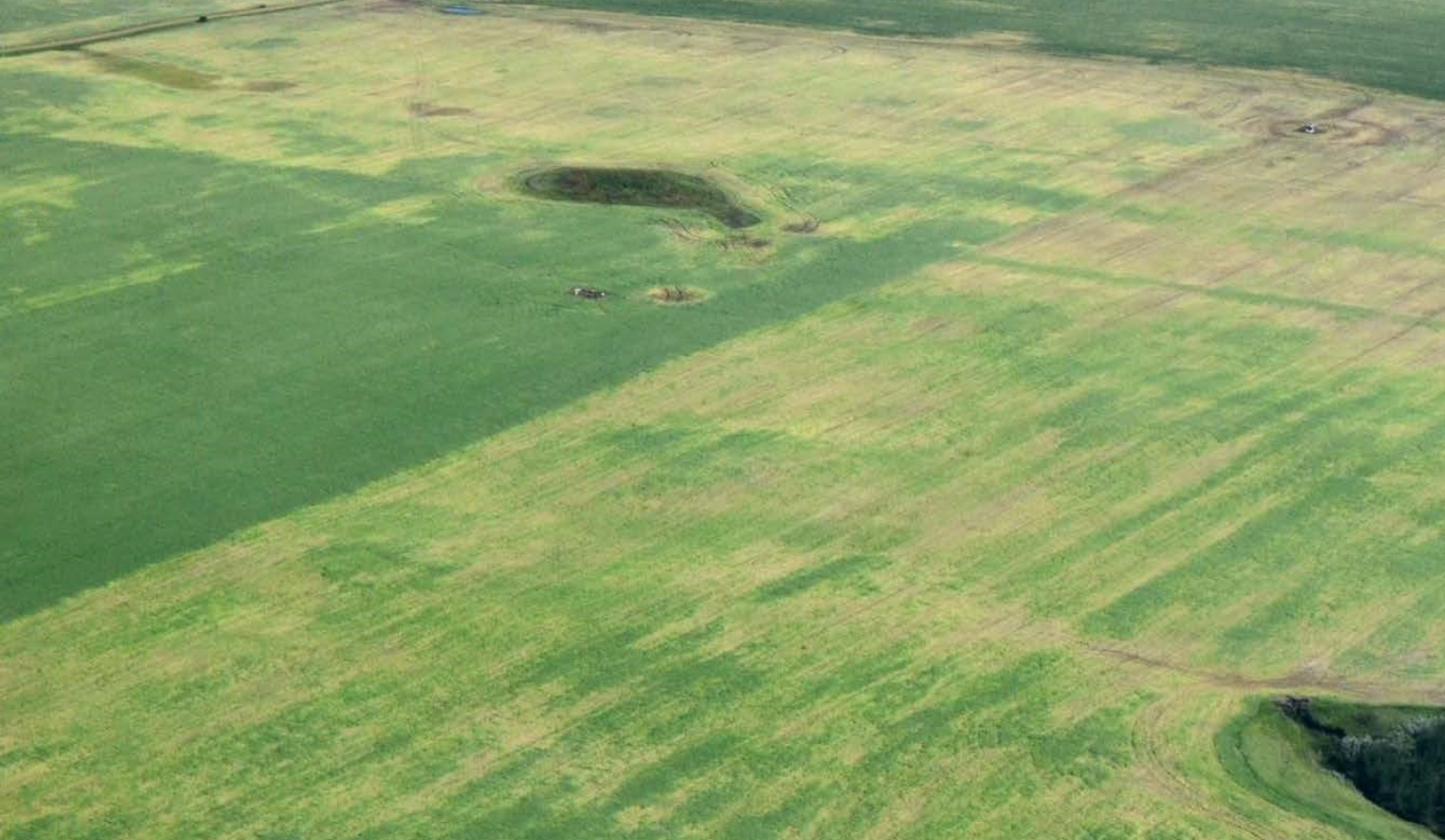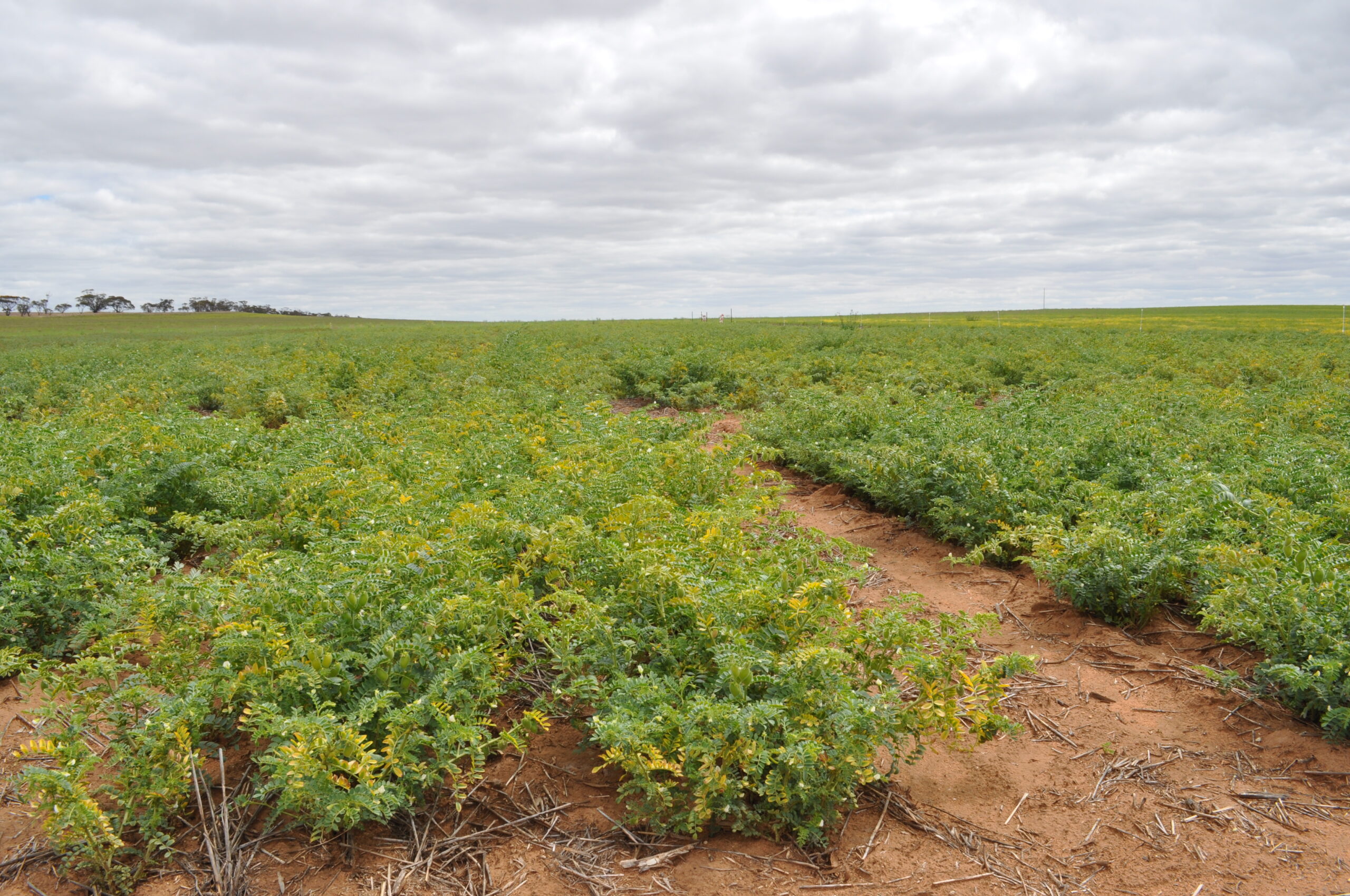Principal Investigator: Dr. Syama Chatterton
Institution: Agriculture and Agri-Food Canada, Lethbridge, Ont.
Prepared by: Nate Ort, M.Sc.
This project, led by Dr. Syama Chatterton of Agriculture and Agri-Food Canada (AAFC) in Lethbridge, Ont. aimed to develop accurate white mould forecasting for dry bean based on airborne spore and weather data and to evaluate the use of field-based technology for spore quantification. White mould, caused by the fungal pathogen Sclerotinia sclerotiorum, is a major yield limiting disease that affects many Canadian field crops including dry bean, soybean, canola, and sunflower.
Sclerotinia Sclerotiorum Spore Monitoring
Sclerotinia spore load was measured in farmer fields in Alberta (seven fields and one disease nursery), Manitoba (two fields and one disease nursery), and Ontario (two fields and one disease nursery) in 2021. Spore samples were collected daily using automated ascospore collecting technology developed by Burkard Manufacturing Co. Ltd. and were deployed with weather stations which recorded air temperature, relative humidity, precipitation, and soil temperature and moisture every hour. The results from these collections were similar to previous years in which spores were continuously released through the season and the number of spores released each day ranged between zero and greater than 10,000. Furthermore, the number of spores released each day tended to increase throughout the growing season. Statistically there were differences in spore loads among the provinces tested, with the Manitoba fields having greater spore levels than the fields in both Alberta and Ontario, and the Alberta fields having greater spore levels than the Ontario ones.
Disease Surveying
In August of 2021 white mould disease surveys were conducted in 45 dry bean fields in Southern Alberta and in the same fields the spore collecting equipment and weather stations were deployed in Manitoba and Ontario. Of the fields surveyed in Alberta, five had automated ascospore collecting equipment and weather stations. In all fields disease incidence was assessed and severity was rated. Ontario, the province with the lowest spore levels, had the greatest disease incidence while Manitoba, the province with the greatest spore loads, had the lowest incidence. This trend suggests that white mould disease development is more strongly influenced by environmental conditions at critical dry bean life cycle stages rather than just spore load number. This investigation is ongoing.
In Alberta, the disease incidence differed among the 45 fields with many free of white mould symptoms to almost 70% incidence in others. The severity evaluations followed a trend in which severity was highly related with incidence within a field. Pinto beans had the greatest disease levels in Alberta and the majority of highly infected fields were this market class. Six fields with high disease incidence had a fungicide applied and was accompanied with a check strip. The investigators reported significant reductions in white mould in the fungicide treated strips verses the untreated checks.
Overall, the spore load results were similar to previous years in which high numbers of spores were collected throughout the growing season. Preliminary models of spore release and disease development have provided insights into potential drivers of spore release, however, developing consistent and accurate spore release modelling remains a challenge and is an area of ongoing research.
Exploring and Estimating Spore Loads
A correlation analysis was performed to examine potential relationships on spore load and environmental data collected from growing seasons between 2018 and 2021. The analysis was categorized into three groups: (1) environmental conditions the day of spore release, (2) environmental conditions the day before spore release, and (3) the difference in environmental conditions between these two days. The strongest correlation was between the number of spores for a given day and the number of spores from the respective day before. Furthermore, the 2021 correlation analysis supports previous analyses in which spores loads had a negative relationship with precipitation and relative humidity and were positively related with air temperature and vapour pressure deficit. This suggests that more spores are released under hot, dry conditions, however, this is contrary to the general understanding of this disease. The information generated from these analyses are still unclear and are therefore not yet ready to be developed into a publicly available disease forecasting model. Currently, the investigators are obtaining more spore load and environmental data, as well as agronomic information that may contribute to white mould incidence.
Key Findings
- Spore loads often increased in August.
- The strongest and most important predictor of spore release is the number of spores released the previous day.
- Fungicide application lowered disease incidence.
- Disease forecasting for white mould in dry bean is challenging and ongoing.




